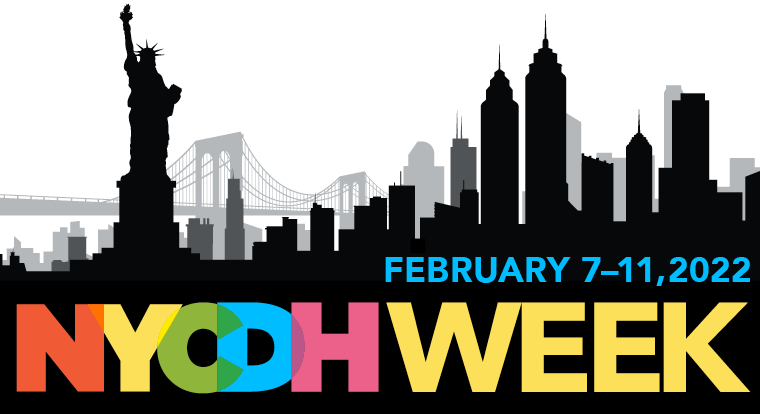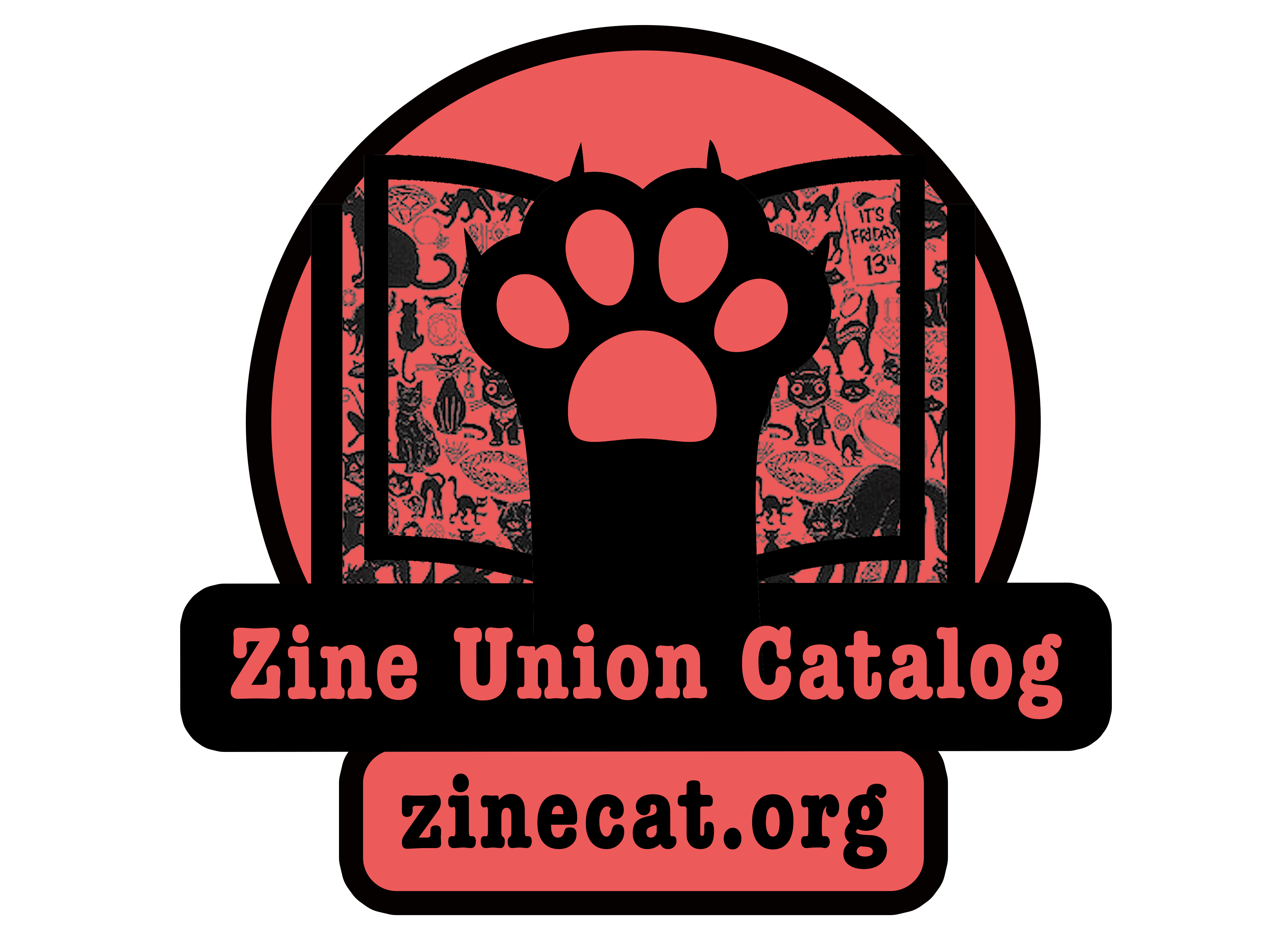
Text Analysis with a Zine Corpus- NYCDH Week 2/10/22
by Vita Kurland
In February I had the pleasure of attending the Text Analysis with a Zine Corpus workshop hosted by by Filipa Calado (CUNY GC Ph.D student), Jenna Freedman (Barnard Zine Library curator), and Miranda Johnson (University of Wisconsin-Madison, MLIS student) for NYCDH week. Utilizing seventeen zines from the digitized collections at the Barnard Zine Library, the project seeks to make zines available for text analysis, solidifying their place in Digital Humanities scholarship.
The workshop was both an introduction to the process of building the corpus as well as an introduction to Voyant-Tools, the software used for the textual analysis. The presenters discussed the significance of zines and engaged participants in the ethics and steps of creating a corpus highlighting the works of zine creators from minoritized identities. In creating the catalog, the team experienced challenges with transcription and discussed the responsibility of communication around consent to digitize the selected texts. Using Voyant-Tools and a pre-written Python script, the presenter’s discussed the possibilities of text analysis and visualization as a means to revolutionize zine scholarship pushing the boundaries of exploration beyond the physical object.
So what is a zine corpus? A corpus is a collection or body of texts, in this case of zines from Barnard College’s Zine Library. Developing the corpus Calado, Freedman, and Johnson chose from a range of genres, and author identities to select a representative example of the zine catalog. The Barnard Zine Library collects zines on feminism and femme identity by people of all genders with an emphasis on zines by women of color. Once the body of texts was selected they were transcribed with a combination of manual labor and an OCR converter or “Optical Character Recognition,” a technology that recognizes text within scanned documents and images.
What knowledge is gained using text analysis and visualization? Text analysis is a tool used in Digital Humanities scholarship as a means for scholars to read bodies of text in new ways by using machine learning to pick up on word frequency patterns in texts. Text analysis, often referred to as “distant reading” or “topic modeling,” provides new insight into textual patterns and features such as word frequency and approximate words. In contrast to close readings of texts, the use of computational tools enhances the study of texts in ways that an individual might not notice or even be capable of. For example how many times the word “feminist” might appear in a text and what the surrounding words.
Voyant-Tools software was used as part of the presentation to explore the zine corpus. Voyant is an open-source browser-based interface that analyzes any imported text. It allows users to upload a corpora and visualize patterns in various ways. For example, users can experiment with colorful word clusters, or “word clouds” that represent word frequency and visualize how specific words and phrases appear across texts in line graphs.
The questions posed by the workshop were: what new areas of research can be identified through this type of work and what is gained or lost when stepping away from the physical object (close reading)? These questions are important because zines are such ephemeral objects – so much is gained from experiencing zines physically. While information might be lost from not having the experience with the physical object, access to the zines as sources for information is greatly increased. As someone with minimal Digital Humanities experience I was excited to hear about this project because it bridges my understanding of zines as ephemeral DIY publications with the world of computational tools and data analysis. While I don’t have answers to these questions it was apparent when using Voyant-Tools to explore the corpus that there is much to be explored.
This project invites zine enthusiasts to explore the possibilities of text analysis and carves a space for zines in the larger sphere of the Digital Humanities and distant reading. We at ZineCat are excited to see how this project evolves and what insights can be gleaned from the textual analysis of zines.
